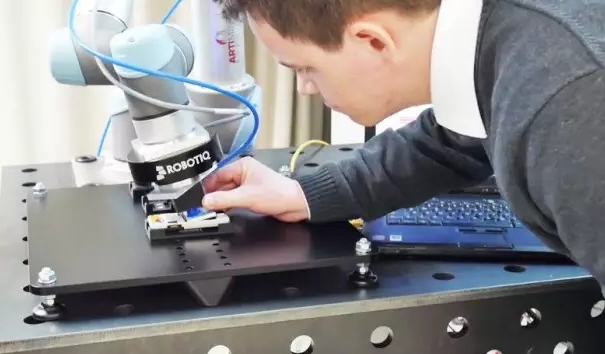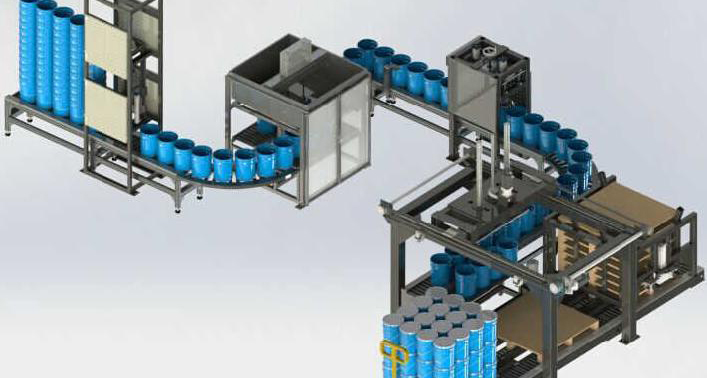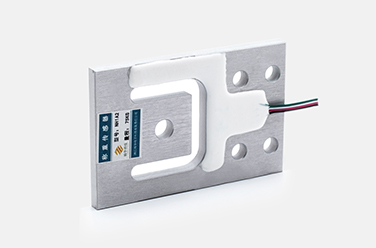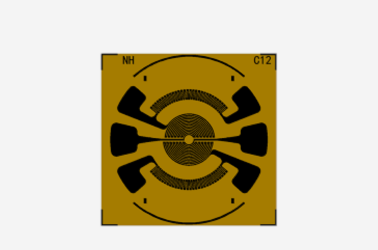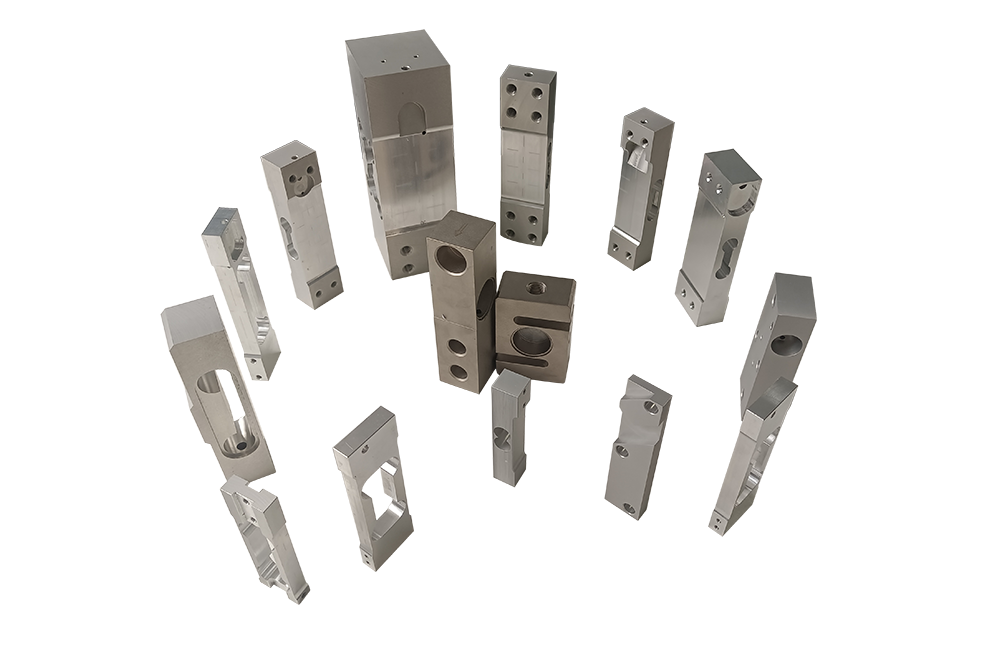Strain gauge bonding technology and protection technology
In the various installation methods of resistance strain gauges, the pasting method is the most widely used. The quality of the strain gage pasting is one of the key factors that determine the success of the strain test. Therefore, the pasting process must be strictly followed when pasting.
1 Pasting process flow of strain gauge
(1)strain gauge selection→(2)adhesive selection→(3)component polishing→(4)surface cleaning→( 5) Draw line positioning → (6) strain gauge cleaning → (7) coating primer → (8) strain gauge pasting → (9) heating and curing → (10) patch quality inspection → (1) 1 lead connection → (12) Quality inspection 13) Normal temperature and temperature performance compensation → (14) Quality inspection → (15) Performance test → (16) Protection treatment.
2. Strain gauge pasting process
According to the application, refer to the main technical parameters and selection table of strain gauges, and select different series of strain gauges; stress analysis is based on the test conditions and Fine
degrees require selection. The processed elastomer or test beam should be stabilized to eliminate the residual stress or internal stress generated during the processing and make the material more stable. The process of sticking strain gauges with different adhesives is different. Here we only introduce some of the common content
2.1 Selection of strain gauge
The selection of strain gauges includes strain gauge inspection and strain gauge surface treatment
(1) Strain gauge inspection includes visual inspection and resistance value inspection
Appearance inspection mainly checks whether the substrate and cover layer are damaged, whether the sensitive grid has rust spots, whether the leads are broken, and the sensitive grid is arranged Whether there are short circuits, gaps, broken grids, scratches and deformations, whether there are bubbles, wrinkles, and pits on the substrate; the measurement resistance of the resistance check should be accurate to 0.1Ω.
(2)Strain gauge surface treatment
Before using the strain gauge, wipe it with absorbent cotton soaked in absolute ethanol, and pay attention to cleaning on both sides. Strain gauges should be gently scrubbed along the direction of the wire grid. After washing, use an infrared lamp or other drying device to dry for later use.
2.2 Adhesive selection
Adhesives selection and selection of adhesives refer to the selection of strained adhesives introduction table. High-performance H-610 type patch glue is recommended for sensor pasting.
2.3 Polishing of components
In order to stick the structure firmly, it is necessary to carry out mechanical and chemical treatment on the sticking surface, and the treatment range is about the area of the strain gauge 3-5 times to remove oil stains, rust, oxide film, plating, paint, etc. According to the material of the test piece, sandpaper with a grain size of 220-400 mesh was selected for sanding, and cross stripes with an angle of 45° to the patch direction were produced.
2.4 Surface cleaning
Surface cleaning can use organic solvents such as acetone, absolute ethanol, triethane, isopropanol, etc. to clean the polished parts in one direction, and use Clean with anhydrous B until there is no stain on the cotton ball. Note, wash in a single direction, do not rub back and forth alternately. The cleaned surface should avoid re-contamination (such as blowing with mouth and touching it with hands). After the solvent evaporates and the surface is completely dry, mount the patch immediately.
2.5 Line positioning
The patch area can be marked with a 3H drawing pencil, oil-free ballpoint pen, and drawing needle as a positioning mark.
2.6 strain gauge cleaning
Take out the strain gauge and place it on a clean PTFE film, and gently scrub with a cotton swab soaked in a small amount of absolute ethanol The two surfaces of the strain gauge, the sticking side facing up, are dry for later use.
2.7 coating primer
Many adhesives require primer coating and proper heat curing. The area of the primer is about 1.5 times the area of the strain gauge. The base glue generally uses the same adhesive as the patch glue, and the thickness should be controlled at 0.01-0.03mm and fully cured according to the corresponding curing parameters. Under the premise of meeting the adhesion and insulation strength, the thinner the adhesive layer (including the primer), the better, because it can maintain a strong strain transfer ability, reduce the unevenness of the adhesive layer, and reduce the creep and sensitivity coefficient dispersion. . Some adhesives do not need to be painted with primer, such as H-600, H-610, etc. These adhesives have strong adhesion, high insulation strength, and small creep. They are especially suitable for manufacturing sensors and precise stress analysis.
2.8 Strain gauge paste
Strain gauge pasting is the most critical step in the entire patching process, which has a certain impact on the test accuracy. Before pasting, clean the required tools and measuring tools (such as tweezers, blades, glass plates) with acetone, put on clean gauze gloves, and use makeup pens to apply adhesive on the surface of the specimen and the base of the strain gauge. , Dry slightly, and when the glue is slightly sticky, align the center line of the strain gauge with the positioning line of the test piece and accurately paste it, cover it with a layer of PTFE film, and use your hand along the axis of the strain gauge.Refers to rolling for 1~2min, draining the bubbles and squeezing out the excess glue, drying it naturally for an appropriate time according to the requirements of the adhesive used, and then peeling off the PTFE film. Please note that strain gages with leads should start to brown from the end without leads, and the direction of force should be as parallel as possible to the sticking surface to prevent the strain gage from being brought up. After the pasting is completed, check the strain gauge carefully and find that the substrate is damaged, the sensitive grid is deformed, open, short-circuited, the placement of the patch is incorrect, there are air bubbles that are not partially pasted, and the insulation strength is not enough, which should be eliminated in time, or Eradicate reposting
2.9 heating and curing
At present, most of the adhesives commonly used at home and abroad need to be heated to cure. Temperature, time and pressure are the three elements of curing, all of which should be guaranteed in strict accordance with the corresponding curing process specifications of the adhesive. The pressure of the strain gauge is generally to place a polytetrafluoroethylene film and a silicone rubber sheet in the pasting position, and then use a clamp or a pressure block to pressurize. For complex surfaces, special clamps can be used to pressurize, sand bags, and strapping are also used to pressurize. Often used. In order to effectively eliminate internal stress, the temperature is generally increased to about 30°C higher than the pressure curing temperature after pressure relief, and the temperature is kept for 1-2 hours for stabilization. For specific patch curing parameters, please refer to the corresponding patch adhesive introduction , Such as H610, the patch process is initial curing pressure 0.1-0.3MPa, heating to 135°C, holding for 2 hours, then cooling to room temperature to relieve the pressure, then heating to 165°C, holding for 2 hours and then cooling to room temperature. After curing at high temperature, the adhesive quality of the strain gauge should be carefully checked. The inspection items include: (1) The change of resistance before and after the strain gauge is pasted (2)
Insulation resistance (3) Whether there are residual bubbles in the chip (4) Whether the position of the chip is accurate; (5) Whether there is an open circuit, short circuit or sensitive grid Deformation phenomenon.
2.11. Quality inspection
Inspect the strain gage behind the bridge assembly, mainly to check whether there is solder and solder oil residue on the surface of the strain gage, whether the lead is knotted, and whether there is any void Phenomena such as welding.
2.12 performance test
(1) Loading performance test
The sensor is clamped accurately and there is no loose phenomenon; the loading point is accurate, and there is no shift. Point-to-point loading is better. The loading instrument automatically adds the number and the test instrument adopts automatic patrol The inspection method reduces the influence of human factors; the circuit connection is intact, and there is no phenomenon such as poor contact or false welding.
2)Temperature performance test
The temperature control accuracy of the temperature equipment that simulates the environment should be high, which meets the sensor test requirements, and there is no temperature gradient, transient and other phenomena: the holding time is determined according to the size of the sensor , The internal temperature of the sensor under test must be uniform and constant to reach the required temperature value, to avoid temperature steps inside the sensor elastomer, and for testing under damp and hot conditions, the temperature and humidity of the surrounding environment must meet the specified requirements.
2.13 environmental requirements
The indoor environmental conditions must meet the requirements of national standards to reduce the impact of the environment on the sensor. Taking reliable and practical protective measures for the installed strain gauges is an effective way to ensure the normal operation of the strain gauges and improve the test accuracy.
2.14 protection treatment
The basic way of strain gage protection is to use a certain material or medium to separate the strain gage and its accessories from the harsh environment. First of all, during the installation and use of the strain gauge, operate it carefully and carefully. Keeping direct contact without hands is an effective protective measure. The second is to use a protective layer for protection. The protection of the strain gauge is generally optional 703 glue. For protection of the exposed part, it is required to apply evenly and then cover with silicone rubber such as 703 and 704.




